Growth of E-commerce Platforms
The rise of e-commerce platforms has transformed The Global Skincare Industry, providing consumers with unprecedented access to a wide array of skincare products. Online sales channels have become increasingly popular, accounting for over 30% of total skincare sales in recent years. This shift is attributed to the convenience of online shopping, coupled with the ability to compare products and read reviews. As consumers increasingly turn to digital platforms for their skincare needs, brands are adapting their strategies to enhance online visibility and customer engagement, thereby driving growth in The Global Skincare Industry.
Rising Awareness of Skin Health
There is a growing awareness of skin health and its connection to overall well-being, which is influencing consumer behavior in The Global Skincare Industry. As individuals become more informed about the importance of skincare routines, there is an increasing demand for products that promote skin health. This trend is reflected in the rising sales of products containing beneficial ingredients such as antioxidants and vitamins. The market for skincare products that emphasize health benefits is projected to expand, indicating a shift towards holistic approaches in The Global Skincare Industry.
Emergence of Innovative Ingredients
The Global Skincare Industry is witnessing a trend towards the incorporation of innovative ingredients that cater to diverse skin concerns. Consumers are increasingly seeking products that feature unique formulations, such as those containing probiotics, peptides, and botanical extracts. This demand for innovation is driving research and development efforts within the industry, as brands strive to differentiate themselves in a competitive landscape. The introduction of these advanced ingredients not only enhances product efficacy but also aligns with consumer desires for effective and novel skincare solutions, thereby propelling growth in The Global Skincare Industry.
Increasing Demand for Anti-Aging Products
The Global Skincare Industry experiences a notable surge in demand for anti-aging products, driven by an aging population and heightened awareness of skincare benefits. As individuals seek to maintain youthful appearances, the anti-aging segment is projected to grow significantly. According to recent data, the anti-aging skincare market is expected to reach approximately USD 60 billion by 2025, reflecting a compound annual growth rate of around 5.5%. This trend indicates a shift in consumer preferences towards products that offer visible results, thereby influencing product development and marketing strategies within The Global Skincare Industry.
Influence of Social Media and Beauty Influencers
Social media platforms and beauty influencers play a pivotal role in shaping consumer perceptions and purchasing decisions within The Global Skincare Industry. The proliferation of platforms such as Instagram and TikTok has enabled brands to reach wider audiences through targeted marketing campaigns. Influencers often showcase product efficacy, leading to increased brand awareness and consumer trust. This trend has resulted in a significant uptick in sales for brands that effectively leverage influencer partnerships, suggesting that social media will continue to be a driving force in The Global Skincare Industry.



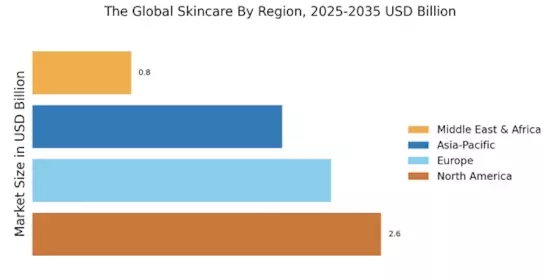
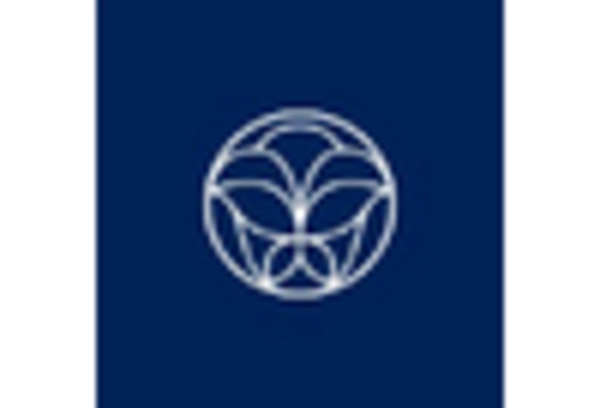
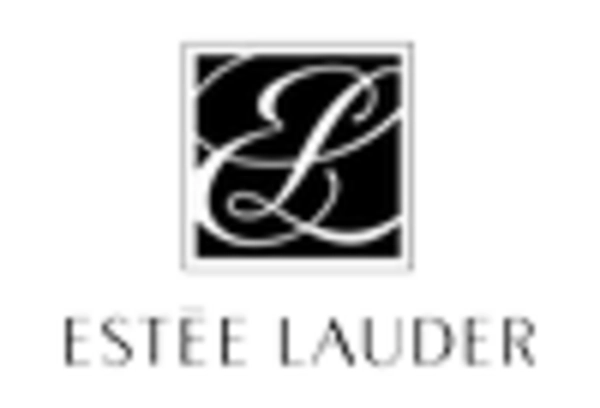
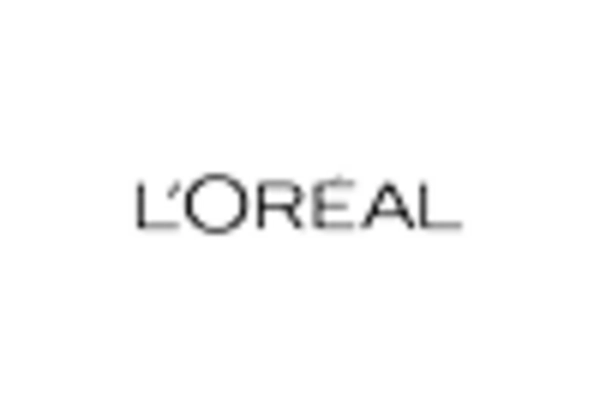
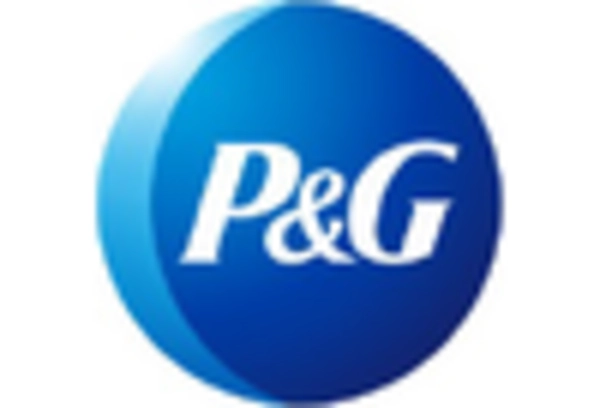
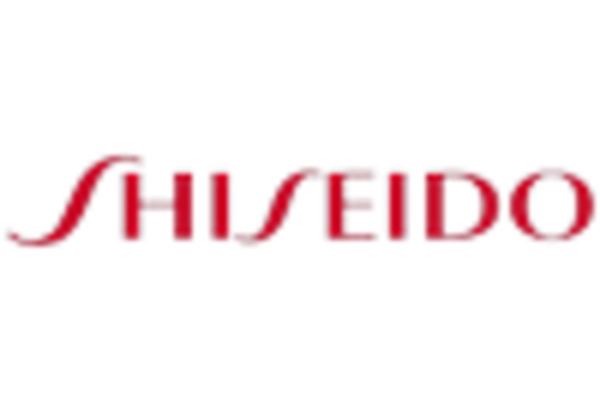









Leave a Comment